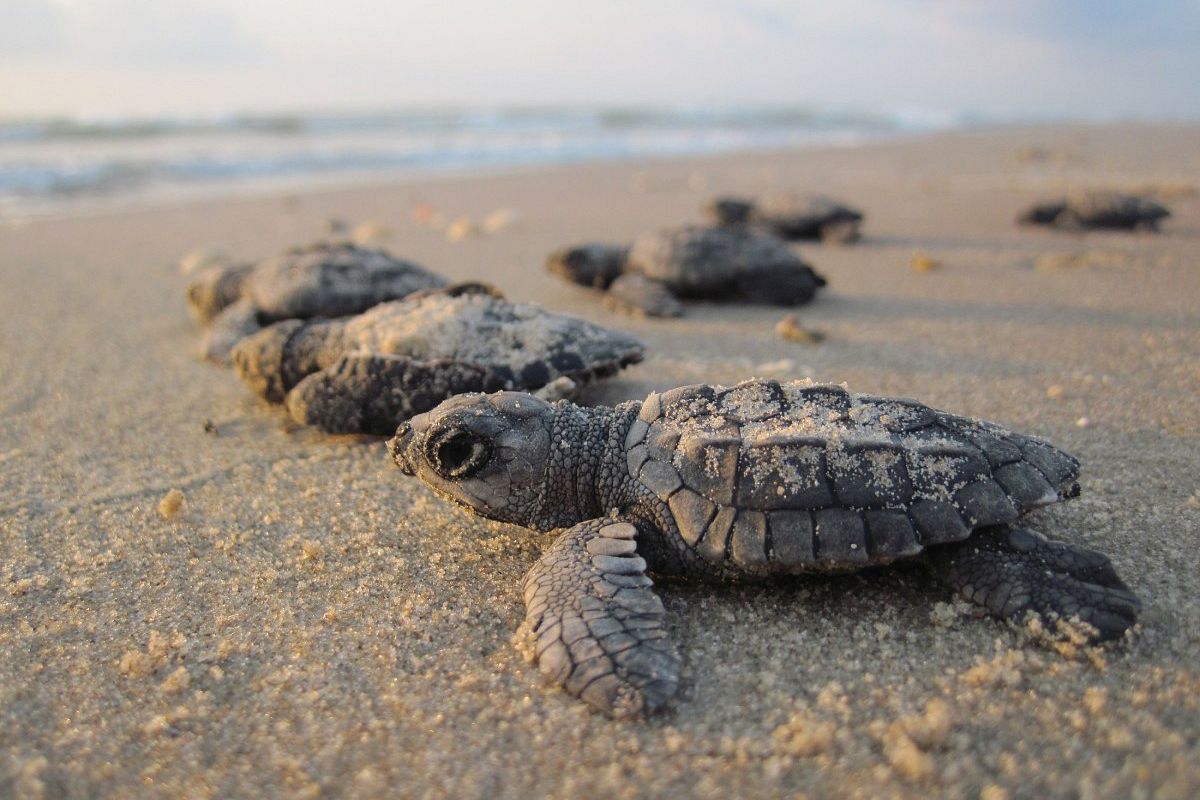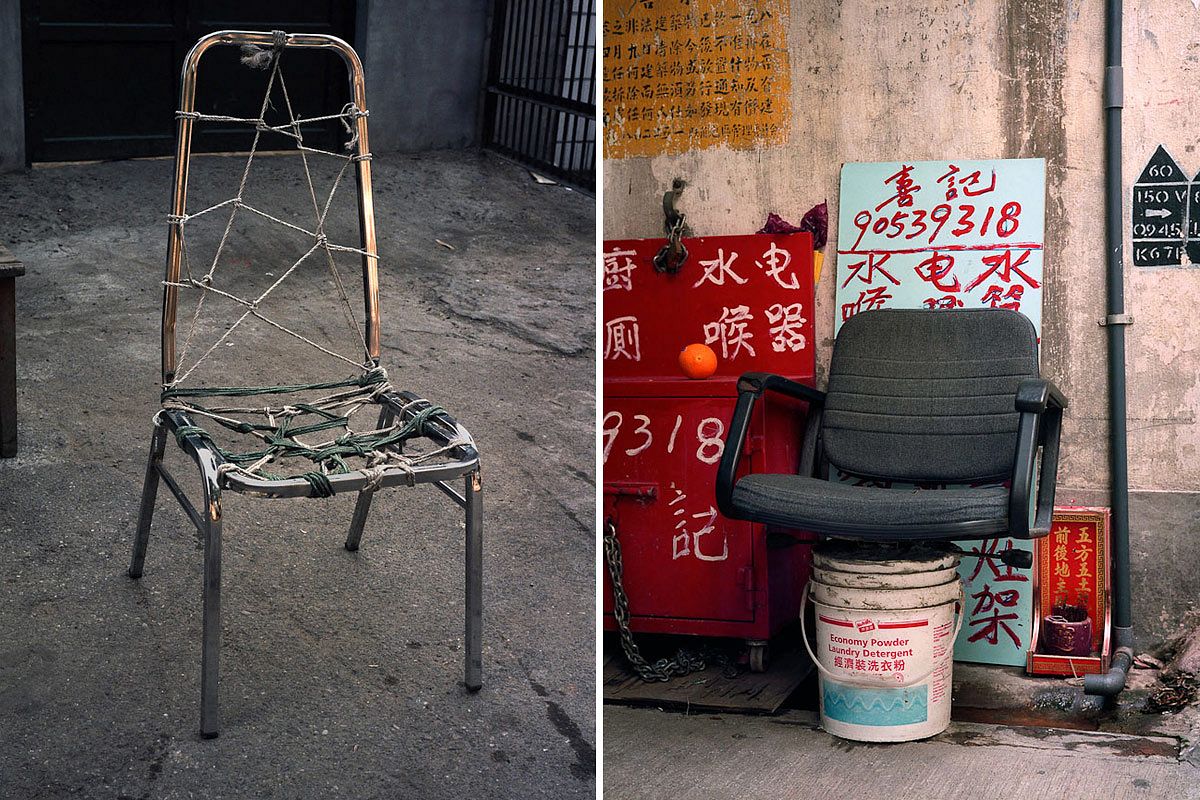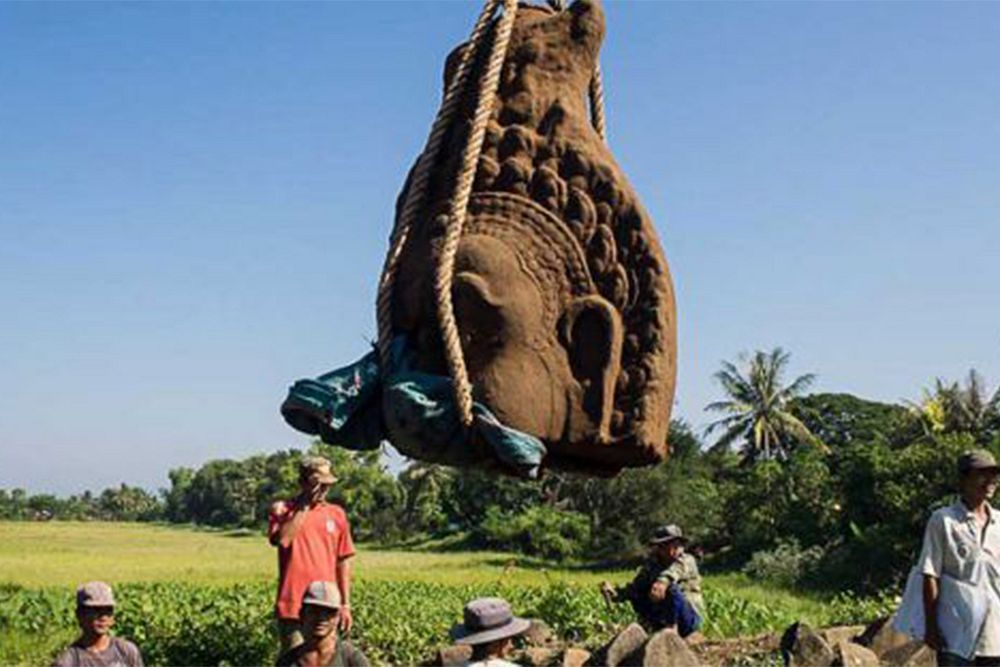Today, Myanmar is one of the major suppliers of human hair for countries around the world. The niche trade fits comfortably within in Burmese religious traditions and provides income for thousands of people.
Hair has gone from strength to strength as a trade in Myanmar fueled by global demand for wigs, weaves and extensions, as reported by CNN's Libby Hogan.
"Myanmar hair is the softest, most sought-after hair in Asia," Aye Aye Thein, 55, who cuts hair as part of her routine in a stall at Insein Market north of Yangon, told the news source.
The majority of transactions range from MMK15,000 (US$11) to over MMK200,000 (US$150) in exchange for strands over 10 inches in length. This is of great value to Myanmar, where the minimum wage stands at 4,800 kyat (US$3.50) a day, as of March 2018. Hair that commands the highest bids usually comes from women with ankle-length hair, whose abundant strands can be separated into many bundles to be sold individually.
It is understood that men do sometimes grow their hair for sale, although this is far less common, according to CNN. Although as far as traders are concerned, there is no gender discrimination when it comes to hair.

Table via UN Comtrade.
In addition to its financial incentives, cutting or contributing one's hair is perceived as a noble act in Myanmar, especially female tresses, as reported in a 2016 Democratic Voice of Burma feature.
"Firstly, they want to contribute, to be a part of our charity work. And secondly, from the religious point of view, there are two types of donations – material donations and the donation of body parts," Sayadaw U Weiponla, a Buddhist abbot, told the news source.
"By donating hair, the donor is cutting her attachment to the hair and while it won't bring her straight to nirvana, it can serve as a step forward to nirvana," he added, acknowledging the religious connotations to the act.
Apart from cultural and religious drivers, the industry is a lucrative one, with global figures for the trade exceeding US$88 million in 2016, according to data from UN Comtrade (United Nations International Trade Statistics Database). Myanmar ranks third worldwide in exporting the commodity, with the nation's business valued at just over US$5 million in 2016.
Furthermore, according to data from MIT's visual database, OEC, the country is also a significant importer of hair. Standing second only to China, Myanmar's imports constituted 19% of the global share in 2016. Human hair imports that year were worth a staggering US$30 million and crucial to maintaining the country's manufacture of secondary goods such as wigs or extensions ready to be shipped abroad.

A visualization of human hair importers in 2016. Courtesy of MIT's OEC.
Hair has been one of our world's enduring commodities, dating back hundreds of years. The 1700s saw European women utilizing mouse fur to dress their eyebrows, as Julian Walker, a writer working at the British Library, learned. Or in France, where Thomas Adolphus Trollope, an English author, wrote from an account of a visit to Brittany in 1840: "We saw several girls sheared one after the other like sheep, and as many more standing ready for the shears, with their caps in hands, and their long hair combed out and hanging down to their waists."
Emma Tarlo, an anthropologist based at Goldsmith, a college of the University of London, and author of Entanglement: The Secret Lives of Hair, noted that the industry has always been dependent on religious donations and poor women in an article for the Smithsonian Magazine.
"When China's wealth increased, the trade pushed its way into Indonesia and today hair collectors are active in Cambodia, Vietnam, Laos, Mongolia and Myanmar," Tarlo wrote in recognition of recent shifts in the landscape of global human hair trade. "Like the market of the past, it still relies on a gap in wealth, opportunities or values between those willing to part with their hair and those who end up acquiring it."
[Top photo via CNN International]














